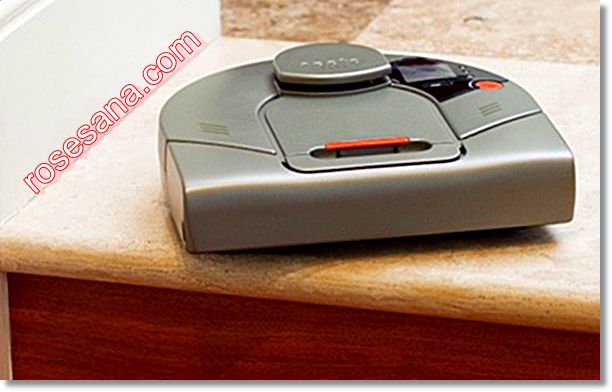OpticLAN has developed and launched a newest product: HG325 to meet SOHO and home user′s access requirement, It provides VoIP and LAN interconnect services in one box. HG325 softly support SIP protocol, integrates rich interface (2*FXS+1*WAN+4*LAN).
1)CPU: MIPS SOC GC3210W, Maximum Clock frequency 266MHz;
2)Memory: 4MBytes NOR Flash, 32MBytes SDRAM;
3)Operating System: Linux2.6;
4)POTS: 2FXS, RJ11, can connect traditional telephone, Fax machine or MODEM;
5)Ethernet interface: 5RJ45(1 WAN, 4 LAN), complying with IEEE802.3/802.3u, 10/100M auto-adaptive, Full Duplex, support Auto MDIX, VLAN Tag, IEEE802.3x flow control and so on, could connect PC, Switch, Router, Firewall and so on;
6)Indicator: total 8, 1 for power supply, 2 for configuration status, 2 for telephone status and 5 for Ethernet status;
7)Button: 1, for reset or restore to factory configuration;
8)Power supply: direct current +12V, supply from external power adapter;
9)Power consumption: 6W with full run;
10)Ambient temperature: -5 deg C ~ +55 deg C;
11)Ambient humidity: 10~90 % , non-condensation.
Features:
1)Protocol: SIP (RFC2543, RFC3261), softly compatible with widely used Soft-Switch. such as Huawei, ZTE, Alcatel-Lucent;
2)Voice Coder: ITU-T G.711(A/ m -law), G.723.1(5.3K/6.3K), G.729A/B, HG325 can auto negotiate with SIP Server;
3) Echo canceller: complied with ITU-T G.168-2002, 128ms(Max);
4)Network protocol: TCP/IP, UDP, RTP/RTCP, ARP, TFTP, HTTP, Telnet, ICMP, IGMP, NTP, SNTP and so on;
5)Powerful data switch function: VLAN, IGMP, 4 levels QOS, port rate control and so on,
6)IP address distribution: static or dynamic(PPPOE and DHCP);
7)NMS: support CLI and Web, integrates IVR, user can set HG325 by the connected phone dial pad;
8)Equipment can be remotely upgraded through WAN(Internet);
9)Volume gain: -31dB ~ +31dB;
10)Support silence compression, voice active detection(VAD) and comfortable noise generation (CNG);
11)Support T.30, T.38 fax, fax Pass-Through mode;
12)Support Modem dial;
13)Support auto-adaptive Jitter-Buffer;
14)Support TOS(Type Of Service), QOS(Quality of Service);
15)Support RFC2833 and redundant RFC2833;
16)Support PLC(Packet loss compensation).



















